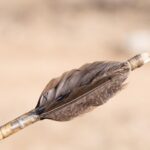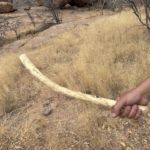Sansevieria and its leaves were a genus of flowering plants originating in Africa and southern Asia. This former genus has about 70 species with common English names such as mother-in-law’s tongue, bow string hemp, snake plant, and snake tongue.
However, molecular studies have revealed that all species belonging to the Sansevieria genus are part of the Dracaena genus, and they were renamed accordingly in 2009 and 2016. For instance, ‘Sansevieria trifasciata Prain’ is now called ‘Dracaena trifasciata (Prain) Mabb.’ Despite this, in my following articles, I will continue to refer to them as Sansevieria and not Dracaena because the outer appearance of a Sansevieria is very distinct. At the same time, a Dracaena can take on various forms, from a sturdy tree to a nimble water plant.
All the different Sansevieria species can be classified into two groups. The first group comprises round-leaved species that mainly grow in semi-desert environments. The second group consists of flat-leaved species that thrive in tropical and subtropical climates.

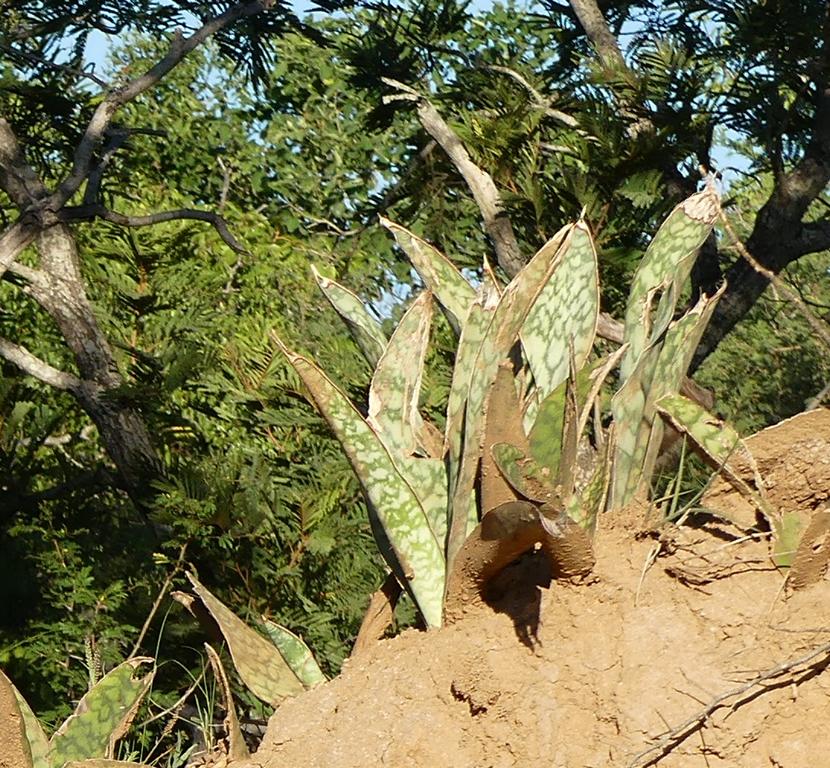
The inner structure of Sansevieria leaves
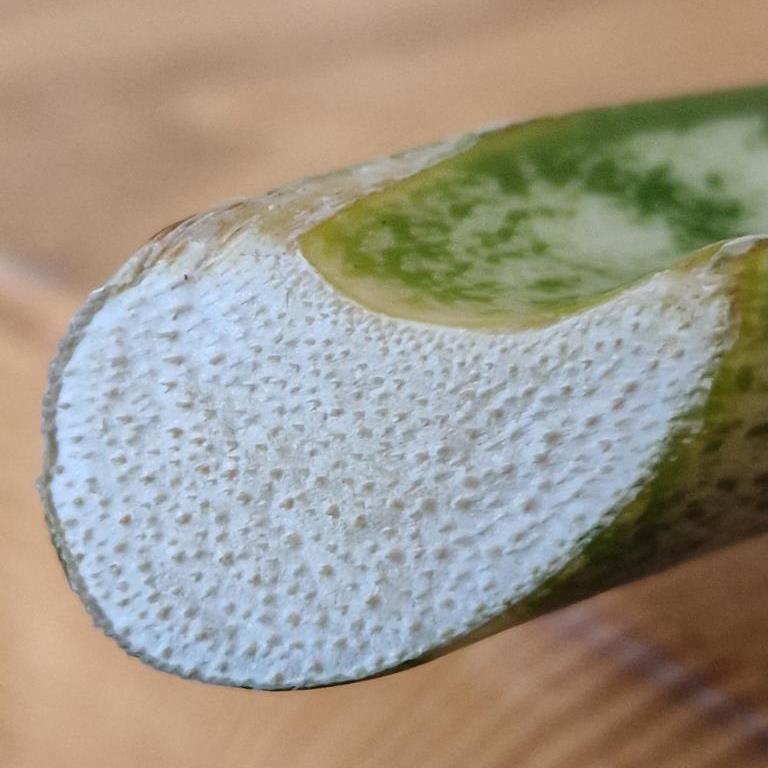
The leaves of Sansevieria are composed of a thick epidermis with a waxy cuticle as the outer layer. Inside the leaves, there are mainly water-holding cells, and a dense pattern of fibers reinforces their shape. In the pictures below, it is evident that the water-holding cells shrink as the leaves dry out.
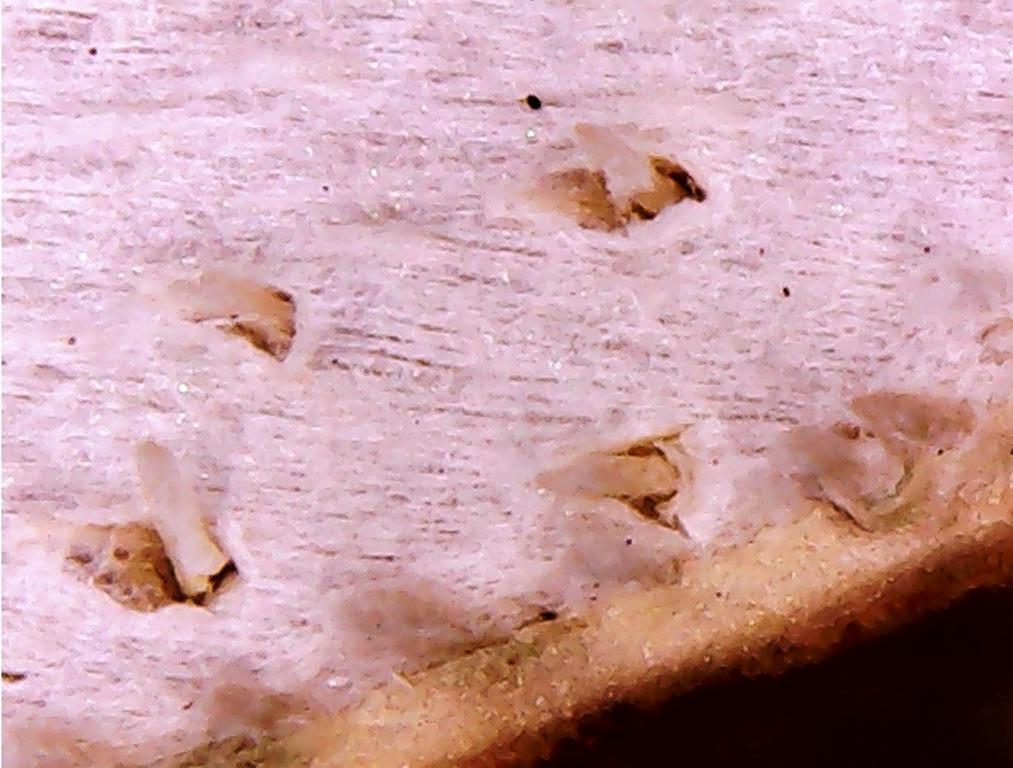
As the water-holding cells in the leaves of Sansevieria dry out, the fibers remain and protrude from the shrinking cell masses. This results in a dense, long-lasting fiber material that does not contain water. Because of the elongated shape of Sansevieria leaves, these fibers are ideal for human use and can be further utilized.
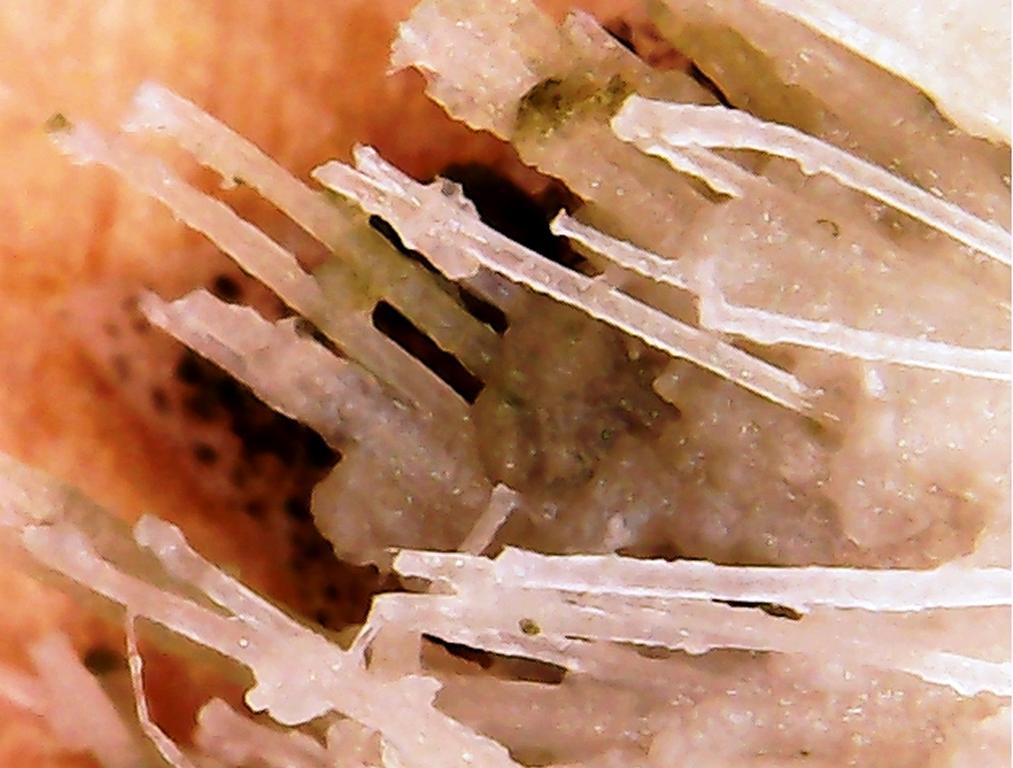
Uses of Sansevieria leaves
Sansevieria fibers, either processed or unprocessed, have a wide range of applications. They can be used in crafts, medical applications, or even as a food source. In emergencies, the roots of most Sansevieria species can also provide drinkable water. A comprehensive overview of the various applications of these plants in the Coastal Province of Kenya can be found here.
Processed fiber
Processed Sansevieria fibers can be used for various purposes, including:
- Bowstrings
- Trapping animals (ropes for Dik-Dik traps, ropes for ground bird traps)
- Ropes for tying goats
- Making thatching rope
- Tying roof poles
- Strings woven into crafts
- Weaving applications
Unprocessed fiber
Unprocessed Sansevieria fiber has a limited application: tying together bundles of firewood. However, there are many other alternatives for this application, such as the inner barks of Mopane or Silver-leaved Clusterleaf, Grewias, and other plants, bushes, or trees directly available in the area. The choice of material for tying firewood bundles always depends on the availability and sustainability of the resources in the specific location.
Manufacturing crafts

Rolled-up broad-leaved or round-leaved Sansevieria leaves can be processed by removing the water-holding cells on both sides, and brushes can be manufactured from the remaining fiber. These brushes are commonly used in Eastern Africa for cleaning pots and pans.

Another application of Sansevieria leaves is to use a broad leaf to make sandals. The whole leaf can be used as an alternative sole, and strings can be made from slices of Sansevieria leaves. Although these sandals are not very long-lasting, they are a popular handcraft among kids in Eastern Africa.
Medicinal uses

Many population groups in Africa use some Sansevieria species for medicinal purposes, as they are believed to have antibacterial properties. For example, the Ju//hoansi Khoi-san bushmen in Namibia use a concoction made from a specific Sansevieria species (see attached photo) to treat abdominal pain. They are pleased when this species is found in the wild. However, as I am not a pharmacist or medical doctor, it is not appropriate for me to get into further details on this topic.
Emergency food
In various African cultures, it is well-known that the tender white leaf base and sliced rhizome of Sansevieria can be cooked and used as a replacement for vegetables in soups and meat stews.

Emergency water
The rhizome of Sansevieria contains a significant amount of water, which can be extracted by chewing and sucking on the cleaned root.
Lessons learned about the uses of Sansevieria leaves:
- Sansevieria leaves contain long, durable fibers that can be utilized for various applications.
- One of the most well-known uses is as a bowstring among various African tribes, which has even led to the plant being called “Bow-string hemp” in English.
- Despite the sharp and pointed nature of the leaf tip, it may not necessarily deserve its common name of “Mother-in-law’s tongue”.
- The fibers can be used to produce various other items, such as sandals, brushes, and ropes for tying and weaving crafts.
.



